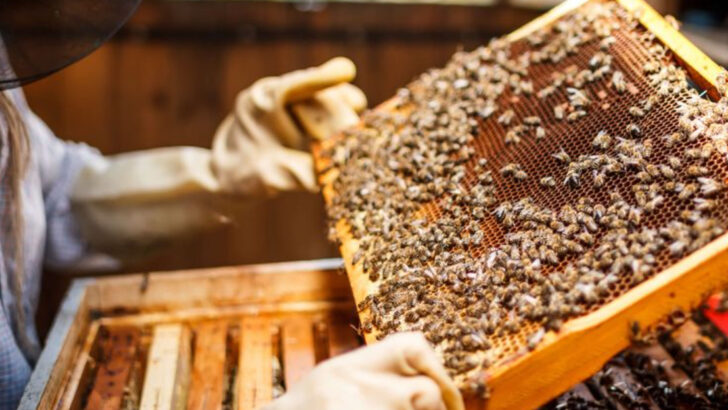Your bees aren’t lazy—you might be the problem.
One wrong move, and your buzzing little workers spiral into chaos. Queens vanish. Brood dies. Honey production tanks. And suddenly, that dreamy backyard hive turns into a heartbreaker.
Beekeeping isn’t just about setting up a box and hoping for the best. It’s a delicate dance—part science, part obsession, and a whole lot of trial and error.
From ignoring mites to overcrowding the colony, even seasoned keepers make mistakes that slowly (or sometimes spectacularly) wreck a hive.
But here’s the good news: every one of those missteps can be fixed.
Let’s break down the blunders before your bees give up and buzz off for good.
Overcrowding the Hive
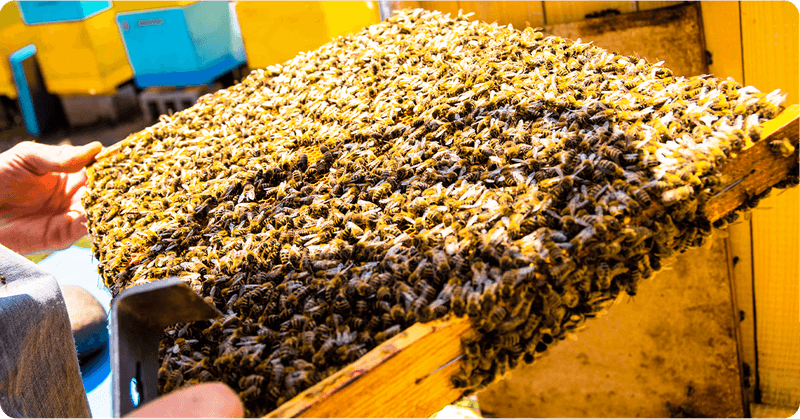
When bees are packed too tightly in a hive, congestion becomes a real issue. Overcrowding can lead to swarming, where a portion of the bees leave the hive to find a new home. This not only reduces the number of bees in your colony but also disrupts honey production.
Managing hive space by adding supers can help alleviate this issue. Regularly monitoring the bee population and adjusting the hive size accordingly is crucial for maintaining productivity.
Inadequate Ventilation
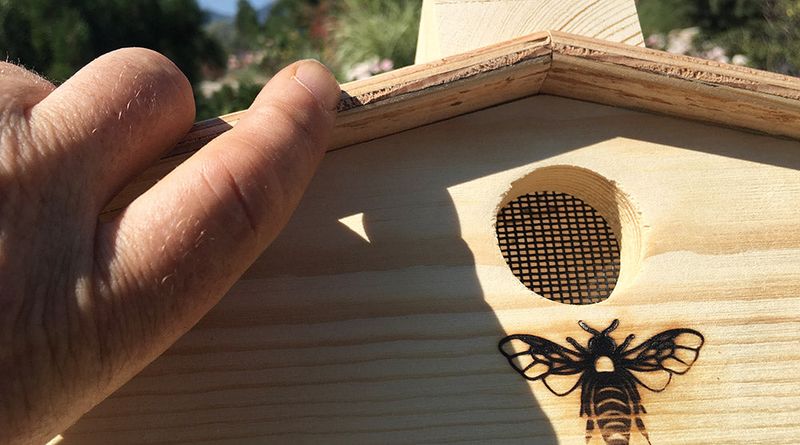
Poor ventilation can lead to moisture buildup inside the hive. This creates a damp environment that can be detrimental to the bees’ health. Moisture can lead to mold growth and increased susceptibility to diseases, weakening the colony.
Installing proper ventilation aids in keeping the hive dry and the bees healthy. This can be as simple as slightly elevating the hive cover or adding ventilation holes.
Neglecting Varroa Mite Management
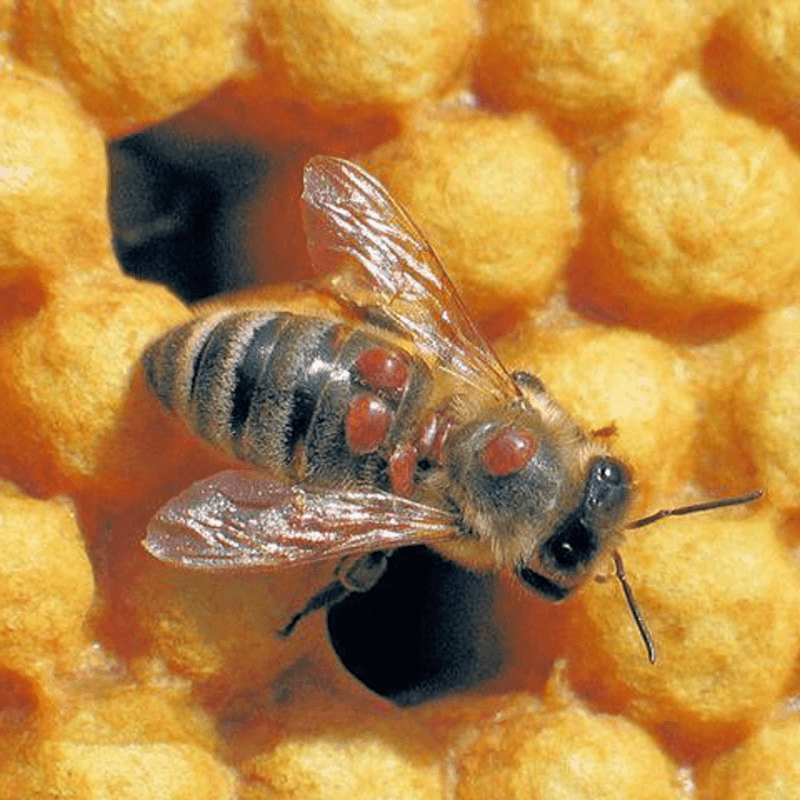
Varroa mites are a notorious enemy of bees, feeding on their bodily fluids and weakening them. Without proper management, these pests can decimate a colony.
Regular mite checks and treatments are essential in preventing infestations. Employing integrated pest management strategies, such as drone comb trapping, can help control mite populations effectively.
Improper Winter Preparation
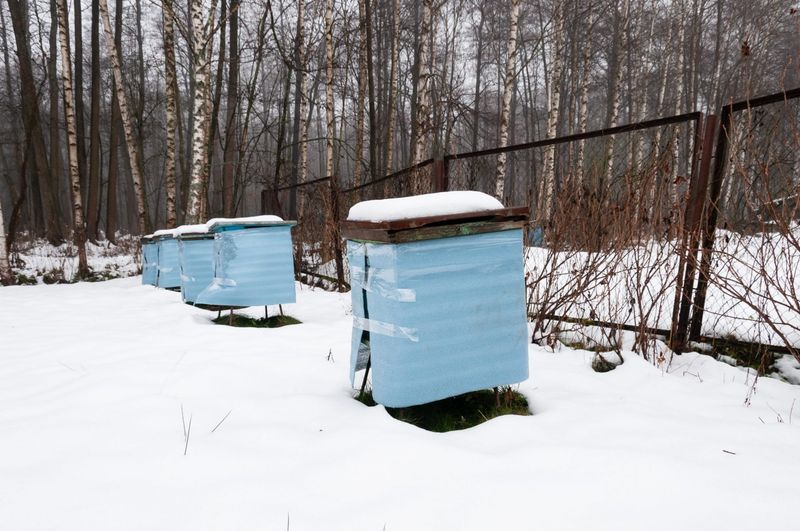
Winter can be harsh for bees if not properly managed. Insufficient preparation can lead to high mortality rates. Beekeepers must ensure that the hive is well-insulated and has enough food stores for the cold months.
Reducing hive entrances can prevent cold drafts, and providing sugar boards or fondant ensures the bees have enough sustenance. Each of these steps is vital for a colony’s winter survival.
Feeding Sugar Water Incorrectly
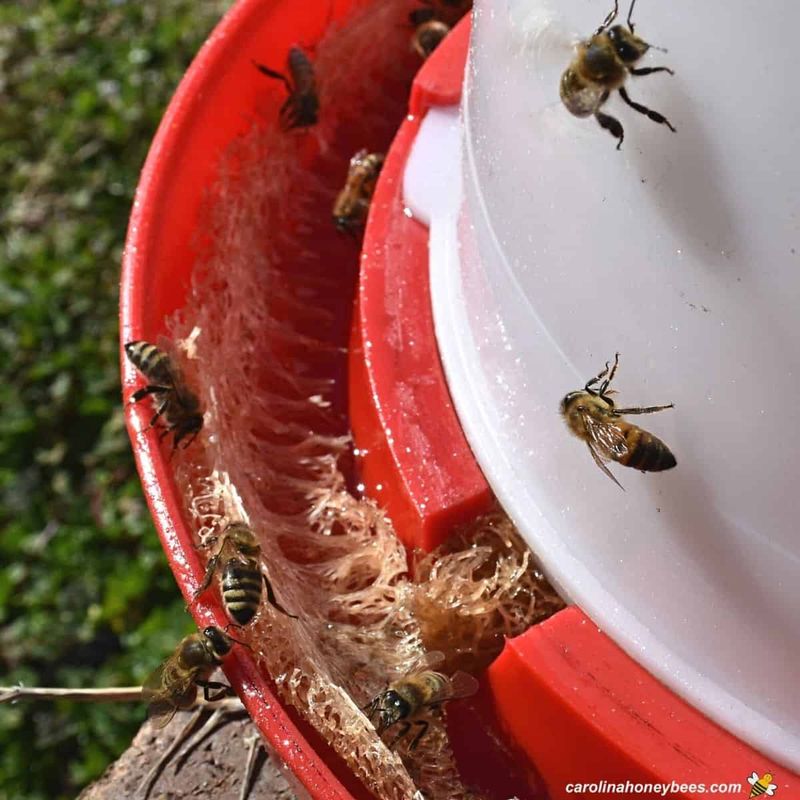
Feeding bees sugar water can be beneficial, but incorrect practices can harm the colony. If the mixture is too dilute, it may not provide sufficient energy. Conversely, overly concentrated sugar water can lead to digestive issues.
It’s essential to follow recommended sugar-to-water ratios to ensure the bees receive optimal nutrition. Providing the mixture at the right times, particularly during nectar dearths, supports the hive’s health.
Ignoring Hive Hygiene
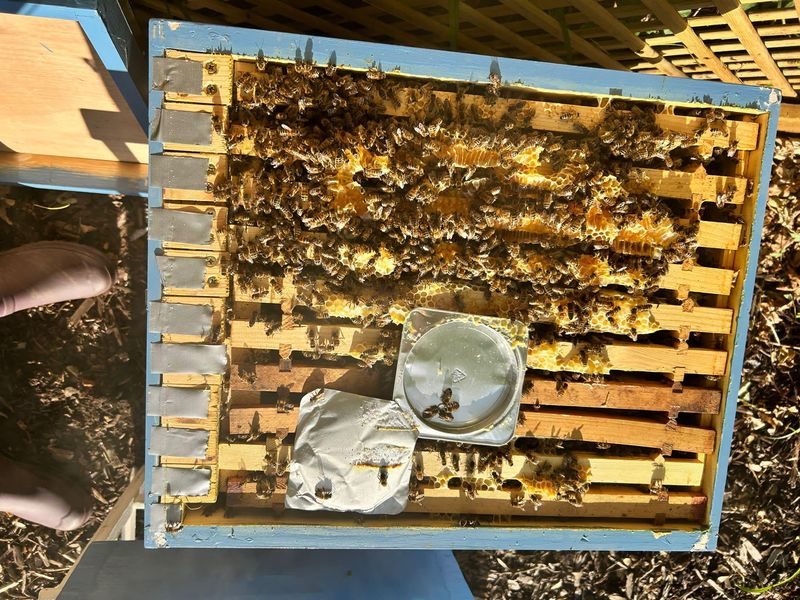
A clean hive is crucial for a thriving bee colony. Neglected hives can become breeding grounds for pests and diseases. Regular cleaning and maintenance help prevent these issues.
Removing dead bees, old comb, and debris reduces the risk of infestations and infections. Proper hygiene practices also include ensuring the bees have access to clean water, promoting overall hive health.
Using Pesticides Carelessly
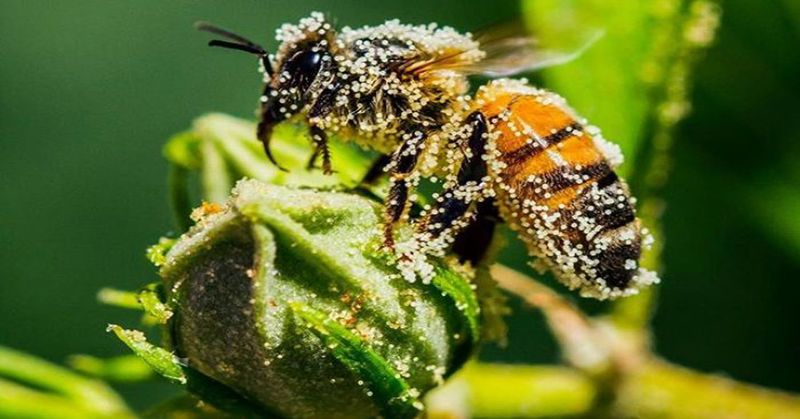
Pesticide use in and around the hive can have devastating effects on bees. Careless application can result in bee poisoning, drastically reducing the population.
Selecting bee-friendly pesticides and applying them during times when bees are less active minimizes risks. It’s crucial to follow guidelines and consider organic alternatives to protect bee health.
Neglecting Regular Inspections
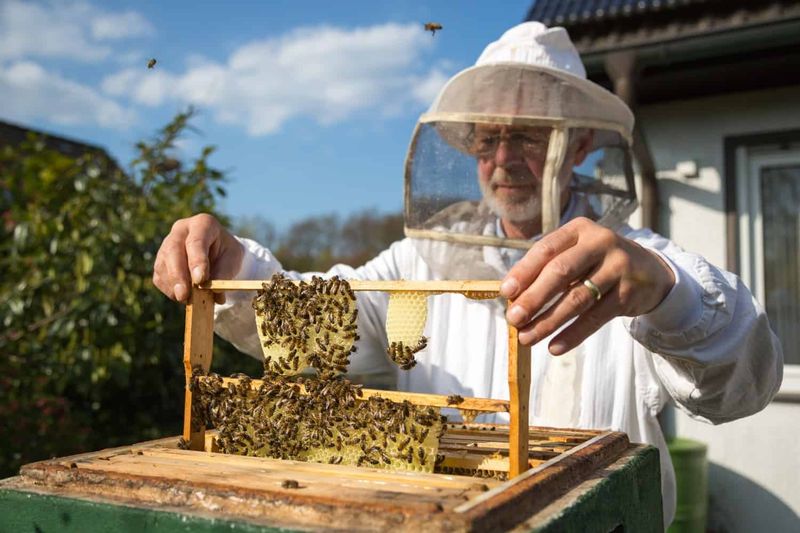
Regular inspections are vital in beekeeping. Neglecting this practice can lead to undetected problems, such as disease outbreaks or pest infestations.
Beekeepers should routinely check for signs of a healthy queen, brood pattern, and pest presence. Early detection of issues allows for timely intervention, keeping the colony robust and productive.
Failing to Provide Adequate Water
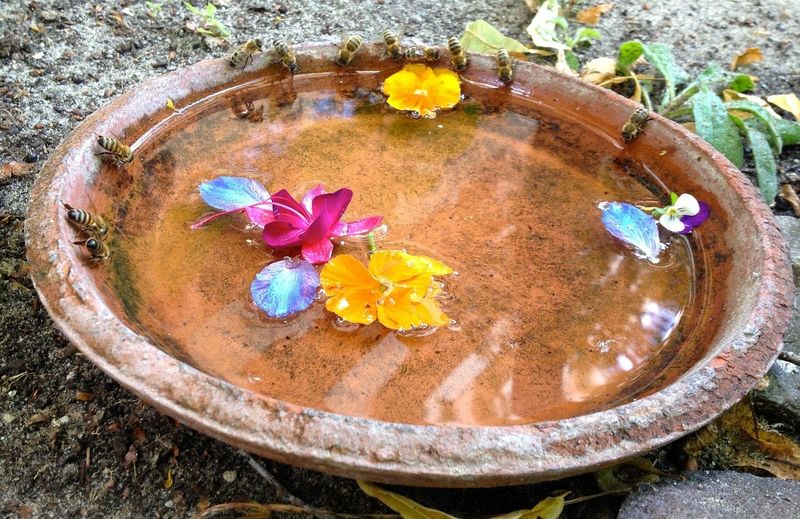
Bees need water for various purposes, including temperature regulation and hive maintenance. Insufficient water supply can stress bees, affecting productivity.
Providing a reliable water source near the hive helps meet this essential need. Shallow dishes with pebbles or stones allow bees to drink safely without drowning. Consistent water availability supports a thriving colony.
Allowing Pests to Thrive
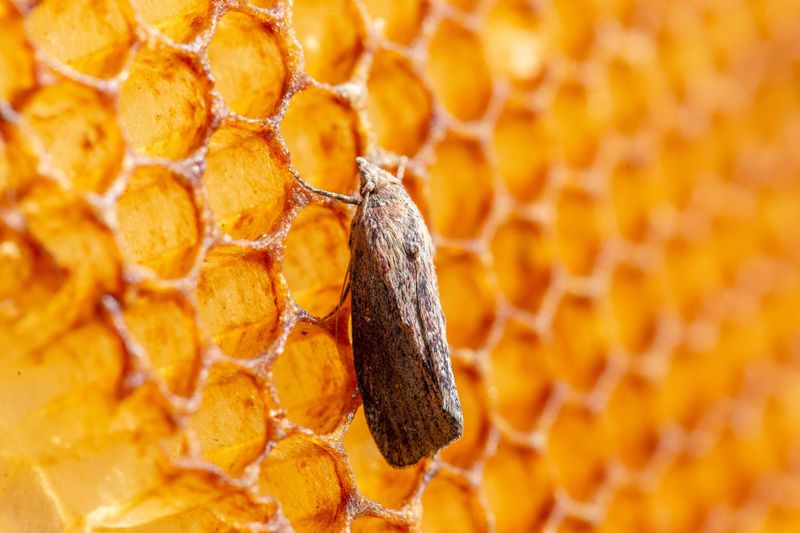
Pests like wax moths and small hive beetles can wreak havoc on a bee colony if left uncontrolled. They damage combs, consume honey, and can lead to colony collapse.
Regular monitoring and employing deterrent methods, such as traps and proper hive spacing, are crucial. Maintaining strong colonies and cleanliness deters pests, ensuring the bees flourish.
Improper Queen Management
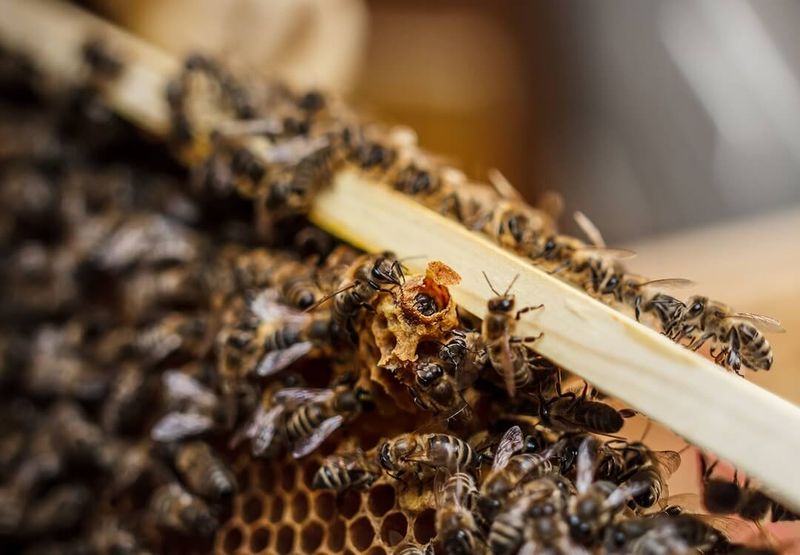
The queen bee is central to hive productivity. Mismanagement, such as failing to replace an aging or failing queen, can lead to decreased egg laying and colony weakening.
Regularly assessing the queen’s health and productivity is essential. Timely requeening with a vigorous queen boosts colony strength. Proper queen management sustains colony growth and vitality.
Inadequate Hive Placement
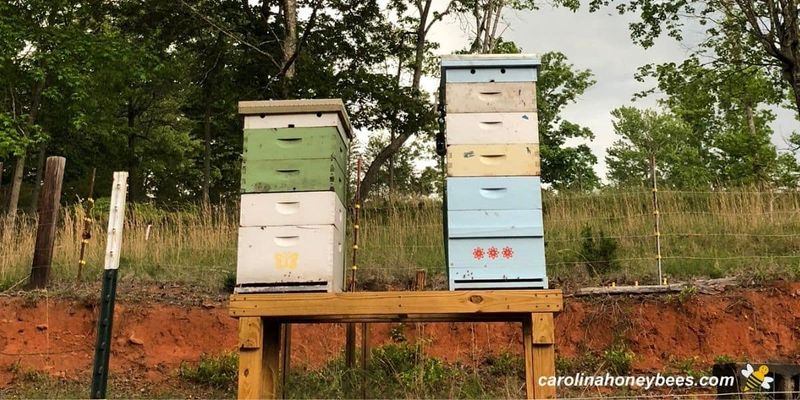
Hive placement is critical for colony health. Poorly located hives may face excessive shade, dampness, or wind exposure, stressing the bees.
Placing hives in a sunny, dry area with wind protection enhances bee activity and productivity. Accessibility for the beekeeper and proximity to floral resources are also key considerations for optimal hive placement.
Overharvesting Honey
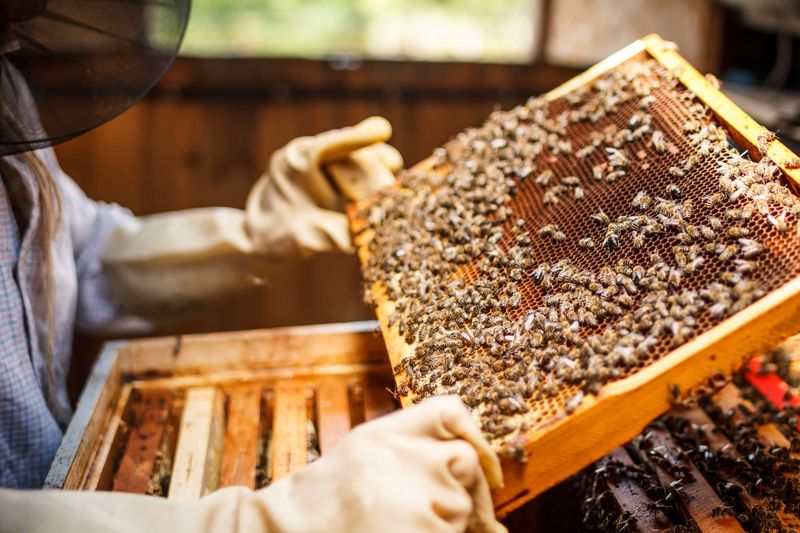
Taking too much honey can starve a colony, especially before winter. Bees need sufficient stores to survive through periods without nectar flow.
Beekeepers must gauge honey reserves and leave enough for the bees’ sustenance. Monitoring hive health and nectar availability aids in making informed harvesting decisions, ensuring the colony’s needs are met.
Failure to Rotate Frames
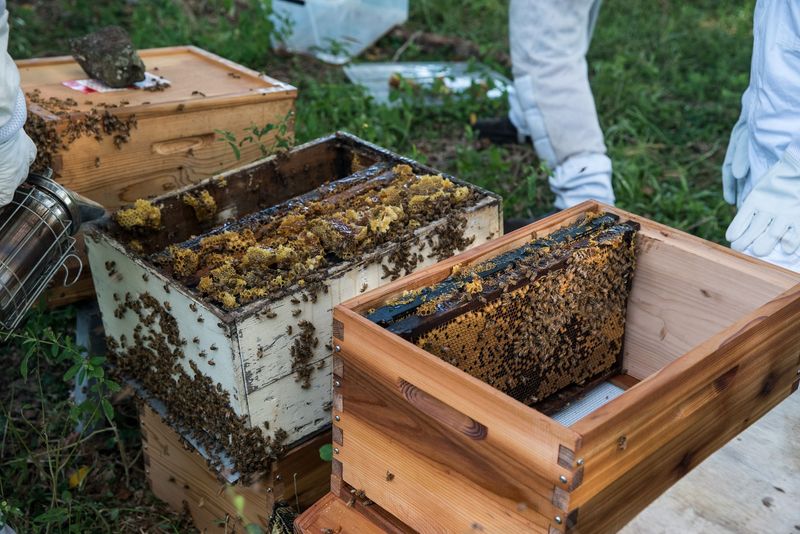
Rotating frames within the hive prevents uneven comb development and maintains colony health. Without this practice, bees may build irregular combs, leading to potential brood space issues.
Regularly rotating frames encourages uniformity and allows for better inspection access. This practice supports effective management of brood patterns and honey storage, enhancing hive productivity.
Ignoring Bee Behavior Signs

Bee behavior offers insights into colony health. Ignoring these signs, such as the waggle dance indicating food sources, can lead to missed opportunities to support the hive.
Observing for unusual behaviors, like listlessness or aggression, provides clues to potential issues. Understanding these signals allows beekeepers to address problems promptly, optimizing hive functioning.
Neglecting Seasonal Management
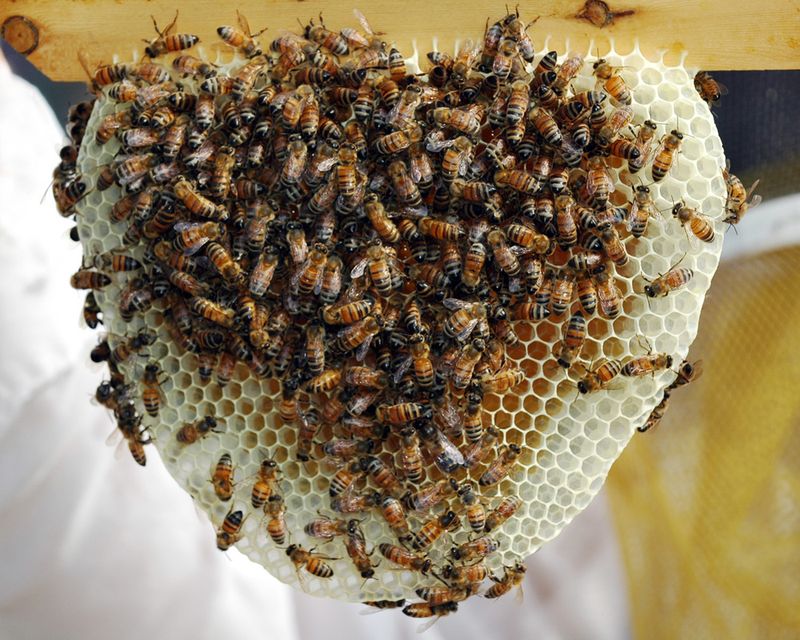
Adapting to seasonal changes is vital for hive success. Neglecting this aspect can lead to unpreparedness for challenges like weather shifts or nectar scarcity.
Implementing seasonal management practices, such as providing pollen patties in spring or reducing entrances in winter, sustains colony health. Aligning hive care with seasonal demands ensures bees are well-supported year-round.

